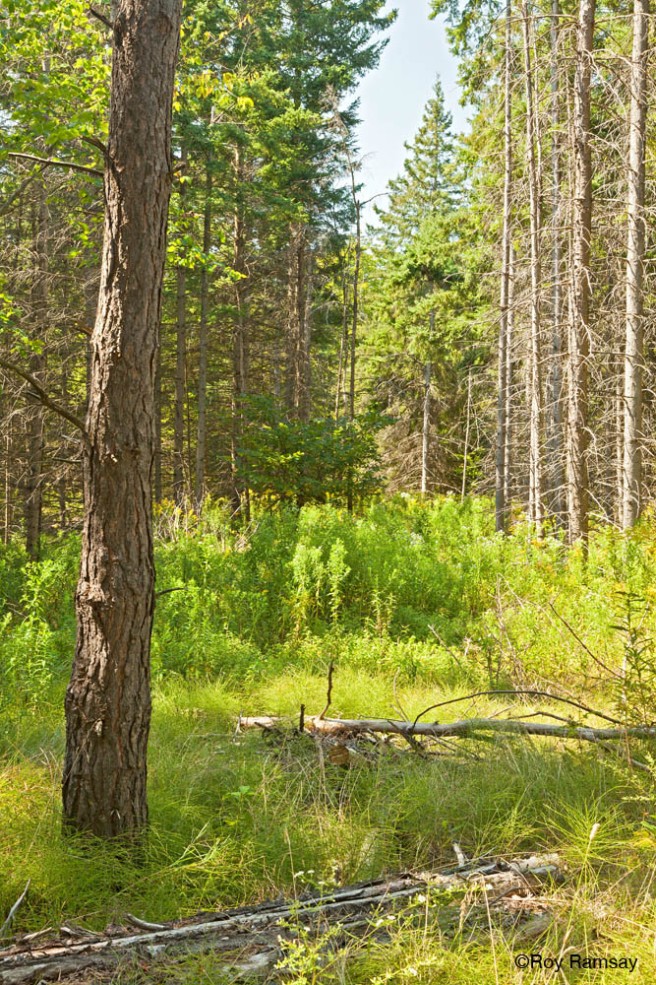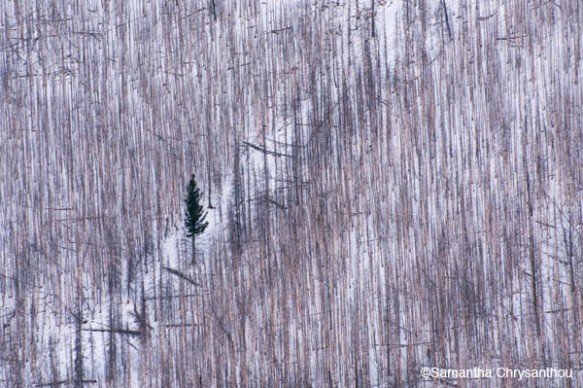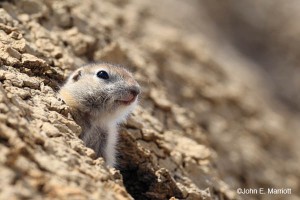When a photographer friend of mine invited me on a recent photo trip she asked me if I have a bike. I do, but haven’t ridden it in over a year. The idea was to ride our bikes from the car, parked at one end of the intended trail route, and ride along the roadways to the other end of the trail. We would leave our bikes at the far end of the trail and hike back to the car along the five-kilometre portion of the Dufferin Hi-Land route of the Bruce Trail.
The Bruce Trail is Ontario’s longest hiking trail, beginning in Queenston, ON to the south and ending 885 km away in Tobermory, ON to the north. The idea of incorporating my bike into my photo-hiking was an intriguing one, so I eagerly agreed.

Photo: ©Susan David/www.susandavid.ca
We unloaded our bikes from the car and pulled on our backpacks full of photo gear, ready for our ride to the other end of the trail. Within the first minute of setting off, my bike’s back tire came off and jammed itself against the frame. Without tools to fix the problem, my bike was out of commission. Mental note: Make sure you tune up your bike before you set out on a ride in the middle of nowhere. Looks like we were back to hiking the usual way — sans bike.
The Bruce Trail is an amazing route that takes you through many regions of southwestern Ontario. As I mentioned, we tackled a five-kilometre section within the Dufferin Hi-Land region, which of course became a 10-kilometre hike after we had to retrace our steps in the opposite direction. There are benefits to walking a trail in the opposite direction, as everything is different coming from the other way. You can photograph things you may have potentially missed the first time.

That day we saw much and shot some of the things that we found interesting, like this forest clearing, and an old, abandoned power generating house. The vegetation in the area was reclaiming its territory by the looks of things.

Before we ended our hike back at the car, we became acutely aware of why crows in a bunch are called a murder of crows. The sound of what seemed like 100-plus crows cawing together is not a sound I would like to hear again anytime in the near future; it chilled me to the bone.
Photos: ©Roy Ramsay
Image info:
Forest clearing: Canon 5D Mark II, Canon EF 24-105mm f/4L IS USM lens at 45mm, ƒ18@1/5 sec., ISO 200, Singh-Ray LB warming polarizer
Abandoned power generating house: Canon 5D Mark II, Canon EF 24-105mm f/4L IS USM lens at 24mm, ƒ18@1 sec., ISO 200, Singh-Ray LB warming polarizer












You must be logged in to post a comment.